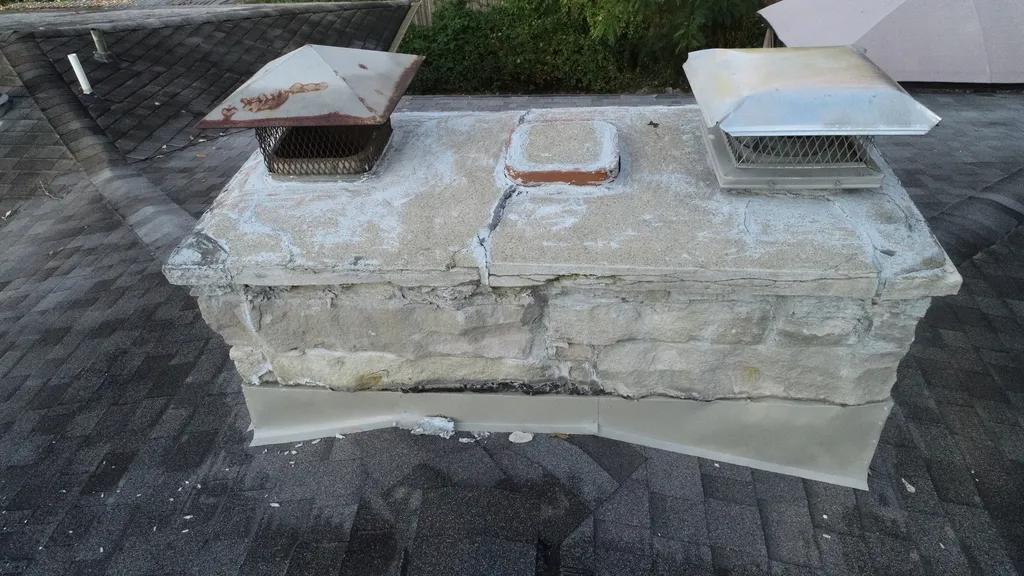Stone tuckpointing is a meticulous art form that has been utilized for centuries in the restoration of historic buildings. This guide aims to provide a comprehensive overview of the techniques and materials involved in tuckpointing, as well as tips for achieving optimal results in restoring the beauty and integrity of stone structures. Whether you are a seasoned contractor or a novice DIY enthusiast, this article will serve as a valuable resource in mastering the art of stone tuckpointing.
Table of Contents
- Understanding Stone Tuckpointing Techniques
- Selecting the Right Tools and Materials
- Step-by-Step Process for Tuckpointing Restoration
- Tips for Achieving Professional Results
- Q&A
- The Way Forward

Understanding Stone Tuckpointing Techniques
Stone tuckpointing is a centuries-old technique used in masonry to restore the appearance and structural integrity of stone walls. It involves the process of removing deteriorated mortar joints and replacing them with new mortar to create a clean and uniform look. This meticulous technique requires skill and precision to achieve the desired result.
There are several key techniques involved in stone tuckpointing, including:
- Preparing the Surface: Before beginning the tuckpointing process, it’s crucial to clean the surface of the stone wall thoroughly to remove any dirt, debris, or loose mortar.
- Mixing Mortar: The mortar used for tuckpointing must be carefully mixed to achieve the right consistency and color that matches the existing mortar joints.
- Applying Mortar: The new mortar is carefully applied to the joints between the stones using a pointing trowel, ensuring a precise and even application.

Selecting the Right Tools and Materials
When it comes to stone tuckpointing for restoration projects, is crucial for achieving professional results. Here are some key factors to consider:
- Mortar Mix: Choose a high-quality mortar mix that matches the original composition and color of the existing mortar.
- Tuckpointing Trowel: Invest in a narrow tuckpointing trowel with a pointed tip for precision and control.
- Jointing Tool: Use a jointing tool with a matching profile to create clean, uniform joints.
- Brushes: Have a stiff-bristled brush on hand for cleaning out the joints before applying new mortar.
Additionally, consider using a mortar bag for easy and controlled application, and a pointing tool for finishing touches. By choosing the right tools and materials, you can ensure a successful stone tuckpointing restoration project that will stand the test of time.

Step-by-Step Process for Tuckpointing Restoration
Tuckpointing restoration is a meticulous process that requires patience, precision, and skill. By following a step-by-step guide, you can ensure that your stone work is restored to its former glory. Here is a detailed breakdown of the art of stone tuckpointing:
Preparation: The first step in tuckpointing restoration is preparing the area by removing any loose or damaged mortar. This is done using a chisel and hammer to carefully chip away the old mortar without damaging the surrounding stones. Once the old mortar is removed, the surfaces should be cleaned thoroughly to ensure proper adhesion of the new mortar.

Tips for Achieving Professional Results
When it comes to stone tuckpointing, attention to detail is key in achieving professional results. One important tip to remember is to carefully select the right mortar color that matches the original mortar for seamless blending. This will help maintain the aesthetic integrity of the building while also providing structural support.
Another essential tip is to ensure proper cleaning and preparation of the existing mortar joints before starting the tuckpointing process. This involves removing any loose or deteriorating mortar, cleaning the joints thoroughly, and allowing them to dry completely before applying the new mortar. By following these tips, you can achieve a flawless tuckpointing job that will enhance the beauty and longevity of your stone restoration project.
Q&A
Q: What is tuckpointing and why is it important for stone restoration?
A: Tuckpointing is a technique used to repair and restore the mortar joints between stones in a masonry structure. It is important for stone restoration to maintain the integrity and structural stability of the building.
Q: How is tuckpointing different from repointing?
A: Tuckpointing is a specific style of pointing where two contrasting colors of mortar are used to create the illusion of tightly packed joints. Repointing, on the other hand, is the process of removing and replacing deteriorated or damaged mortar joints with new mortar.
Q: What are the steps involved in tuckpointing a stone wall?
A: The steps involved in tuckpointing a stone wall include: assessing the condition of the mortar joints, removing deteriorated mortar, preparing the joints, applying new mortar, and finishing and tooling the joints to match the original style.
Q: What materials are commonly used for tuckpointing?
A: Common materials used for tuckpointing include mortar, water, tuckpointing tools, and pigments or dyes for coloring the mortar to match the original joint color.
Q: How often does stone tuckpointing need to be done for maintenance?
A: Stone tuckpointing should be done as needed to prevent further deterioration of the mortar joints. Depending on the climate and exposure to elements, tuckpointing may need to be done every 10-20 years for maintenance.
Q: Can tuckpointing be done by homeowners, or should it be done by professionals?
A: While tuckpointing can technically be done by homeowners, it is recommended to hire a professional mason for the job to ensure the proper techniques and materials are used for long-lasting results.
The Way Forward
In conclusion, the art of stone tuckpointing is a specialized skill that is crucial for the preservation and restoration of historic buildings. By following the techniques outlined in this guide, you can ensure that your tuckpointing project is carried out effectively and with attention to detail. Remember to consult with professionals if you are unsure about any aspect of the process, and always prioritize the long-term integrity of the structure. With proper care and maintenance, your stone building can stand the test of time and continue to inspire admiration for generations to come.


